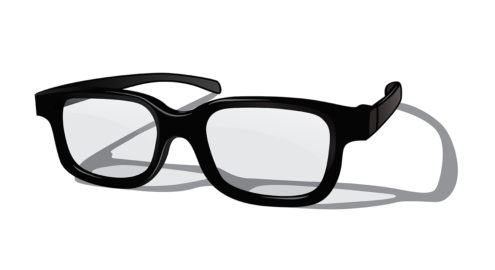Instructions
Overview


Say to students: “Please take a look at this image/these images.” [See Brain teaser images doc if you prefer to have students focus on additional or alternative images.]
“Without looking around, raise your hand if you saw a rabbit first. Raise your hand if you saw a duck. Do you notice how different people saw different things, even though it is the same image? This is a good example of how our perceptions – or what we see/experience – can be different.
Say to students: Have you ever heard the saying “take a walk in someone else’s shoes” or “see through someone else’s eyes”? (Allow for some responses and discussion.)
Sometimes, when we have a disagreement with someone, they might ask you to think about it from their point of view. This is called perspective-taking. It is a form of empathy, where we really try to understand how others think and feel.
Thinking about the game we just played with the images – do you think we always know what our friends are seeing or experiencing? Do you think you would have been correct 100% of the time, if you guessed what your neighbor was going to see in the picture? (Wait for some responses – hopefully NOs!).
That’s right. We don’t always see or experience things the same way as others do. AND it might be hard to know when our guesses about other people’s experiences are wrong – like when we are asked to think about someone else’s point of view.
[Group your students into pairs, and provide each pair with a scenario slip. Have each student pick two different color highlighters.]
Now, we are going to try this with imaginary scenarios. Read the scenario on your slip of paper and follow these steps:
- Write 1-2 sentences about what YOU would do in this scenario
- Take your partner’s perspective, and write 1-2 sentences about what you believe your partner would do in this scenario. Remember to be kind and thoughtful about your answers.
Then we are going to swap our papers with our partner, to compare our responses and check our ability to take their perspective!
Work together with your partner, review what they have written, and compare your perspective-taking response to their actual response:
- Highlight in one color the things you got right
- Highlight in another color the things that were different.
Potential Practice Adjustments
- Alternatively, you can use this practice for conflict resolution, between two students who had an actual conflict, and invite them to do this exercise to reflect retrospectively about their actual experiences.
- For example, have them write about the conflict from their own perspective, then how they think the other person experienced the conflict. Bring them together and use their written responses to facilitate a discussion about incorrect assumptions and differing perspectives.
Questions for Class Discussion
- First, how similar were your responses to your partners? Did you respond to the scenario the same way or very differently?
- How accurate were you in describing your partner’s response? What incorrect assumptions did you make?
- What new pieces of information did you learn about your partner’s perspective after reading their response?
Closure
- What did you learn about perspective-taking from this experience?
- When we actually ask for people’s perspectives, instead of always just guessing, it is called perspective-receiving. It often gives us a much more accurate understanding of people, than perspective-taking alone (or trying to put ourselves in their shoes).
- Can you think of some things that perspective-receiving could help with? At school? At home? With friends? In our larger society? What happens when we truly try to understand others?
Source
Adapted from a practice created by Jenna Whitehead, Ph.D.









Comments